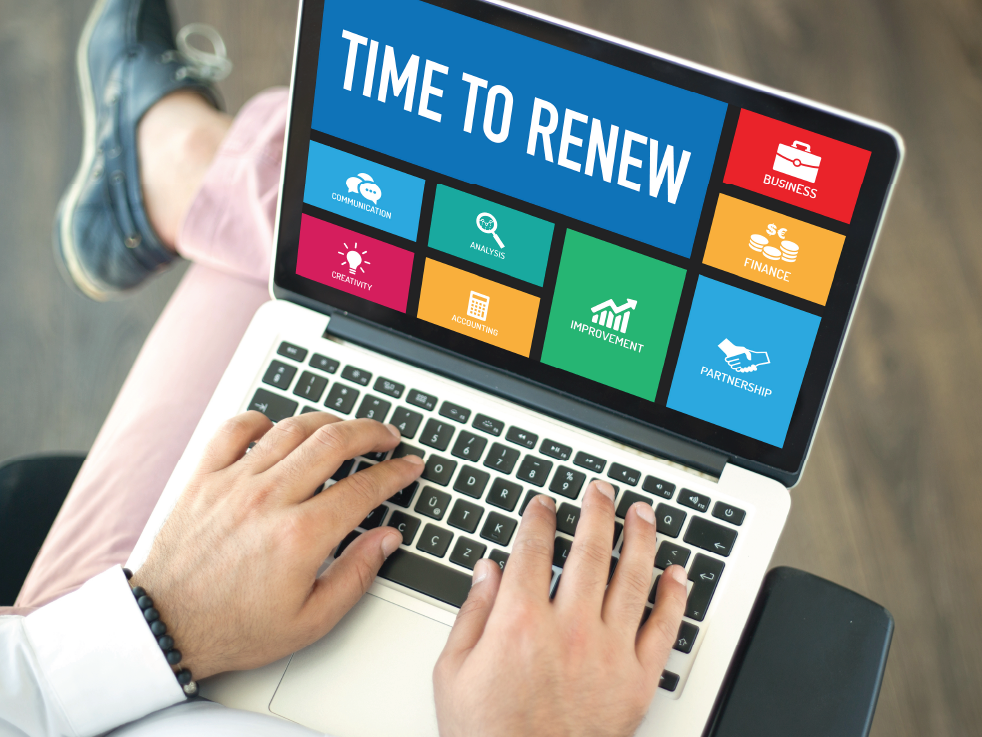4 situations when leasing IT hardware makes more sense than buying:
We can help you work through the pros and cons

Is it better to buy or lease IT hardware? It can be a dilemma for any organization.
Buying gives you more control over your IT assets and can allow faster purchasing and maintenance. Leasing keeps your hardware up to date, creates predictable expenses, and helps you keep pace with competitors.
Over the years, we’ve fielded a number of questions about buying and leasing and have helped organizations work through the pros and cons for their employees and businesses. In some cases, the path is clear: Leasing can make more sense than buying.
If any of the following situations look familiar, your organization should take a closer look at your leasing options – they may be your best bet.
1. Management defines and agrees to your hardware replacement cycle. If you’ve earned buy-in from management on a replacement cycle, and the C-suite and IT have developed short- and long-term planning goals, leasing can keep your technology in line with the plan. Most IT leases for hardware like laptops or tablets run for three years, with flexibility for adding devices to an existing contract. Other hardware, like servers and networking equipment, can be leased for two years. In either case, the terms keep the refresh cycle consistent.
2. Management passes down devices to extend their useful life. On the surface, it seems to make sense to use purchased equipment until it fails. But just moving a computer from one person to the next can cost four times as much as the computer is worth, depending on how long it’s been in use. Apart from equipping employees with slower, outdated equipment that will limit productivity, it sends a negative message to the recipient, who is getting a lesser computer from someone treated as more important. Leasing would let every employee work on the newest technology every few years so no one is left behind.
3. Internal tracking mechanisms are limited. If you frequently move equipment around your organization and have trouble keeping track of it, that actually might be a point in favor of leasing. It won’t fix everything, but leasing could push you to improve, as IT must develop a plan to return leased equipment once the six-month notice arrives. The resulting IT asset management (ITAM) plan will help you track the age and location of equipment, making hardware refreshes considerably easier when leases expire and hardware has to be shipped out.
4. Existing PCs are being replaced rather than upgraded. Remember the old RAM and HD upgrades? Now, most companies find them time-consuming, inefficient, and costly. Today, the wins in replacement are huge. The new system will usually have a new OS, a faster processor, more RAM, a larger hard drive, better screen, and it costs less than the one it’s replacing.
Is leasing the way to go? Perhaps.
Flexibility and technology are the two biggest benefits of leasing IT equipment. Hardware leases help organizations more quickly bring on faster processors, advances in hard drives, more RAM, better displays, and more by ensuring equipment is never more than three years old. Not to mention that an organization’s monthly lease payment often stays the same after an upgrade, so leasing can be a great deal.
Still, some organizations skip leasing, thinking they don’t have the time for contract negotiations. When leasing hardware, there’s no need to spend time identifying appropriate lessors or going back and forth on terms. In most cases, leasing terms aren’t as one-sided or onerous as those for other contracts. Lease agreements rarely take more than 48 hours to complete, and even at the end of a quarter, we often finalize this kind of lease in a day.
Most importantly, leasing allows IT to focus on employees’ technology needs and unleash their productivity. More productive employees, working on the newest technology every few years, can grow revenue and efficiency for your organization.
If you’re still not sure whether IT leasing is right for you, contact your account executive.




